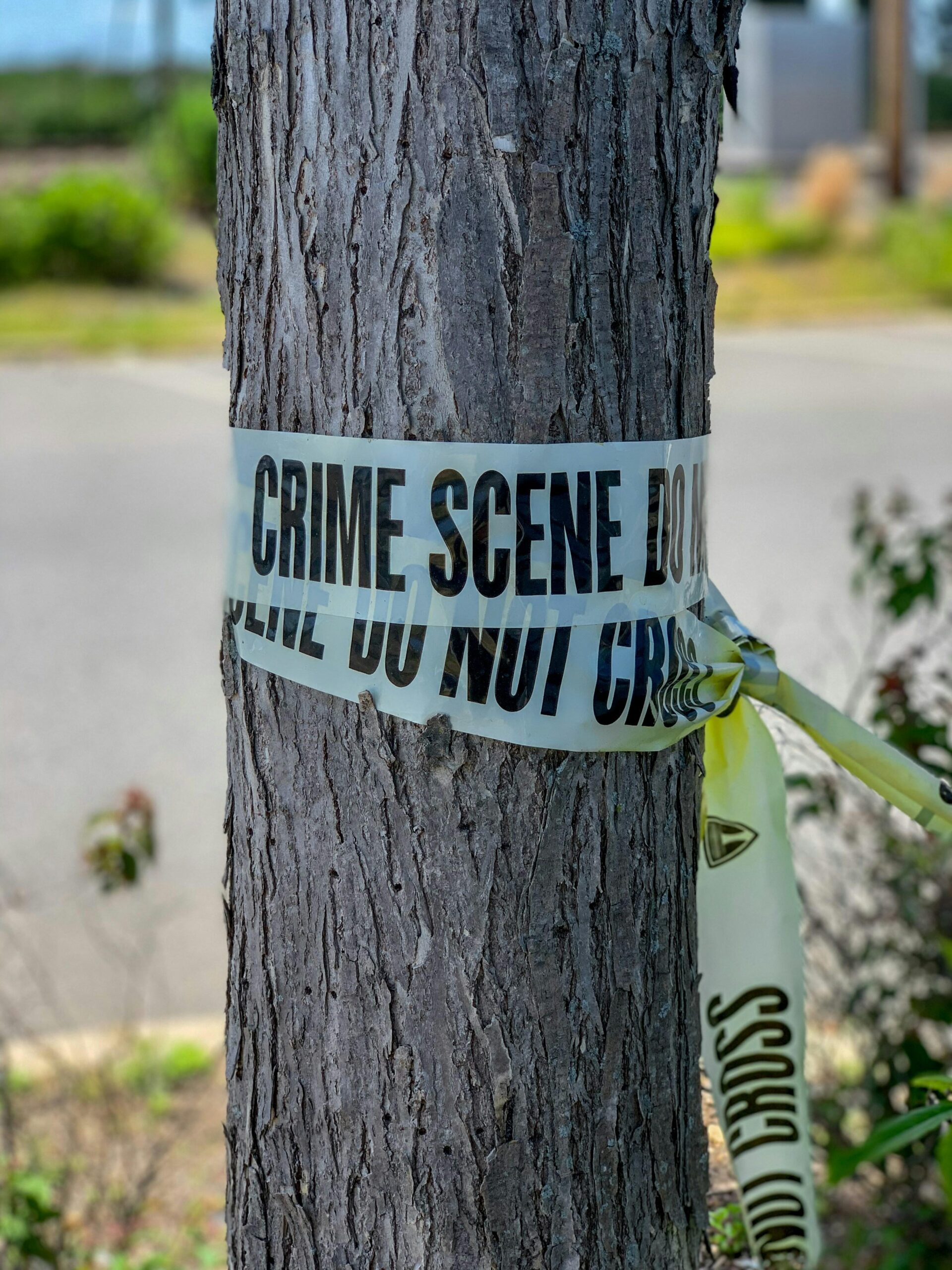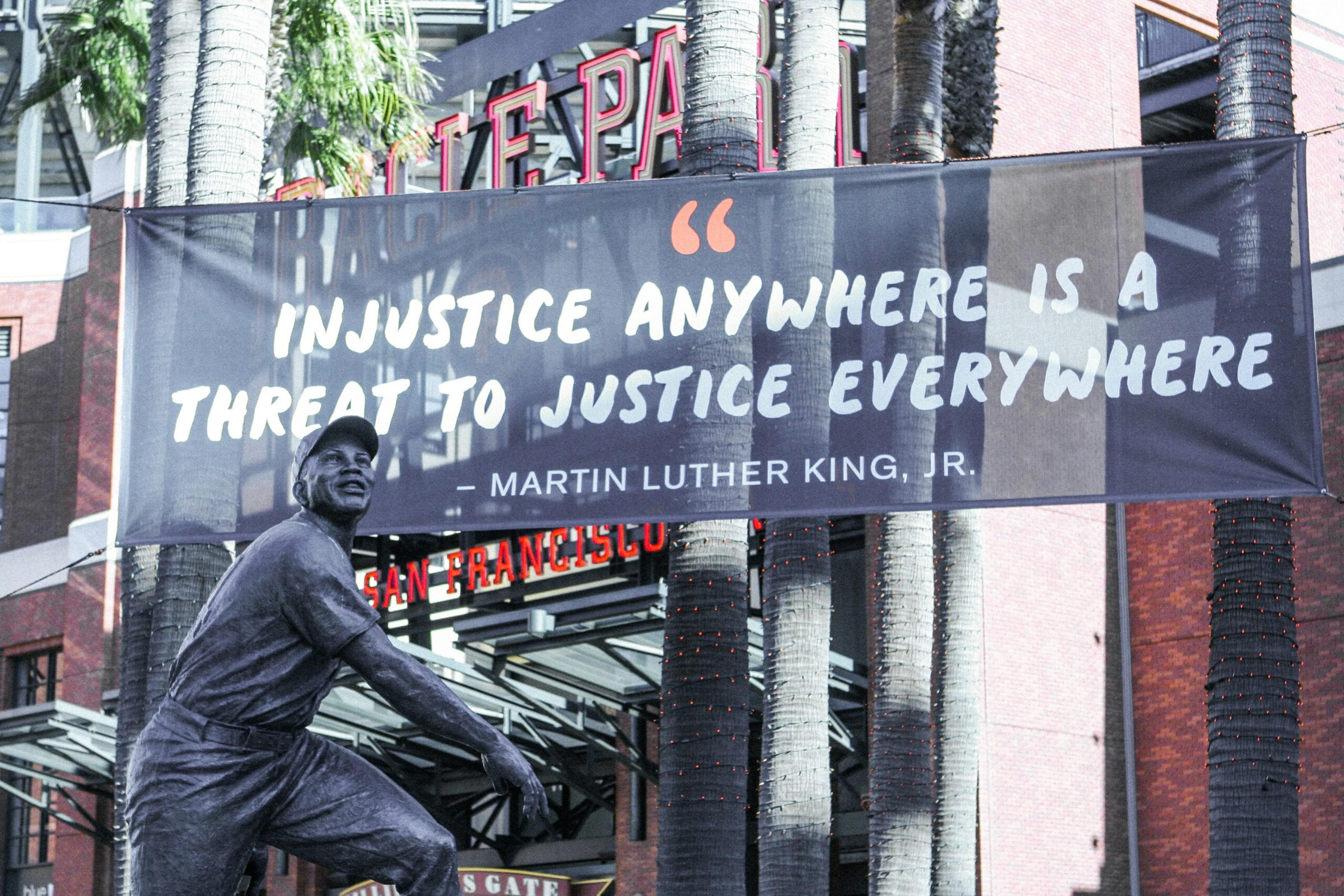Step back in time to an era when the streets of Chicago whispered secrets of power, violence, and unyielding ambition. At the center of it all stood Al Capone, a name that still sends chills down the spine of crime enthusiasts and historians alike. But how exactly did this notorious gangster tighten his grip on the Windy City’s underworld? What strategies, alliances, and sheer force of will propelled Capone from a small-time hoodlum to the undisputed kingpin of Chicago’s illicit empire? Join me as we peel back the layers of myth and legend to uncover the real story behind Al Capone’s iron rule over one of America’s most dangerous criminal landscapes.
Table of Contents
- The Rise of Al Capone: From Small-Time Hustler to Kingpin
- Behind the Scenes of Capone’s Criminal Empire: Business and Brutality
- The Network That Fuelled Chicago’s Illegal Trade Under Capone’s Rule
- Lessons from Capone’s Reign: What Modern Crime Fighters Can Learn
- Insights and Conclusions
The Rise of Al Capone: From Small-Time Hustler to Kingpin
Al Capone’s journey from a modest street-level operator to the undisputed ruler of Chicago’s criminal empire is nothing short of legendary. Initially, he cut his teeth running small-time cons and bootlegging operations, steadily building a reputation for both ruthless efficiency and strategic cunning. What set Capone apart wasn’t just his willingness to use violence, but his keen ability to navigate the complex social and political undercurrents of Prohibition-era Chicago. His rise was marked by savvy alliances with corrupt politicians, law enforcement, and rival gangs, allowing him to consolidate power where others faltered.
- Leveraging bribery to turn police and officials into allies
- Expanding illicit trades beyond booze to gambling and prostitution
- Implementing a strict internal code that ensured loyalty and discipline
Capone’s empire wasn’t just about brute force; it was built on a shrewd understanding of the city’s dynamics and a ruthless business mindset. This blend of street smarts and cold ambition enabled him to *transform organized crime into a sophisticated, almost corporate enterprise.* By embedding himself deeply in Chicago’s socio-economic fabric, he effectively made himself untouchable – a shadow ruler who controlled the city’s vice with an iron grip, while maintaining a charismatic public persona that baffled and intrigued the nation.
Behind the Scenes of Capone’s Criminal Empire: Business and Brutality
Capone’s reign went far beyond the usual gangster clichés—he was a shrewd businessman who masterfully blended ruthlessness with strategy. His empire thrived not merely because of intimidation but through a sophisticated web of enterprises ranging from speakeasies and illegal breweries to gambling dens and protection rackets. Al’s knack for striking deals with corrupt city officials ensured his operations ran smoothly, shielding his organization from law enforcement and rival factions alike. This intersection of crime and commerce made Capone a pioneer of an underground economy that was as structured as it was brutal.
Inside Capone’s headquarters, loyalty was as valuable as weaponry. His inner circle was tightly knit, and betrayal was met with swift and unforgiving consequences. The famous “code of silence” was enforced with a level of discipline that turned Capone’s men into both trusted confidants and ruthless enforcers. Key elements of his dominance included:
- Strategic alliances with politicians and law enforcement officials
- Use of bribery and intimidation to maintain control
- Innovative use of violence as a tool for business negotiation
- Systematic infiltration into legitimate industries as a façade
The Network That Fuelled Chicago’s Illegal Trade Under Capone’s Rule
At the core of Capone’s empire was a sprawling network of bootleggers, bribed officials, and street soldiers, each playing a crucial role in maintaining the flow of illicit goods throughout Chicago. These individuals weren’t just mere pawns—they were the lifeblood of the underground economy, ensuring that Chicago’s speakeasies, gambling dens, and brothels never ran dry. From the noisy docks where shipments were secretly unloaded, to the hidden distilleries and smuggling routes cloaked beneath the city’s surface, this intricate system was meticulously designed to avoid law enforcement while maximizing profits.
- Bootlegging rings operating under Capone’s oversight smuggled alcohol from Canada and other states that hadn’t yet enacted prohibition.
- Corrupt officials turned a blind eye to illegal activities in exchange for hefty bribes, allowing Capone’s operations to thrive without interference.
- Enforcers and hitmen ensured loyalty within the ranks and crushed any emerging rivals who threatened the business.
- Speakeasy owners and gang affiliates worked hand-in-hand with Capone’s network to distribute product and create an omnipresent grip on the city’s nightlife.
This carefully orchestrated chain was more than just a criminal enterprise—it was a shadow government that controlled everything from supply to demand, backed by violence and intimidation. The blend of ruthless ambition and strategic partnerships transformed Chicago into a bustling hub of illegal commerce, forever etching Capone’s name into the city’s dark history.
Lessons from Capone’s Reign: What Modern Crime Fighters Can Learn
Al Capone’s dominance over Chicago’s underworld wasn’t just a product of brute force; it was a meticulously crafted web of influence that modern crime fighters can dissect for valuable insights. One key lesson lies in understanding the power of strategic alliances. Capone’s network extended beyond street thugs to politicians, law enforcement, and businesses, creating layers of complicity that shielded his operations. Contemporary law enforcement agencies can learn from this by recognizing that dismantling organized crime requires more than targeting street-level actors—it demands a systemic approach addressing corruption and socio-political connections.
Furthermore, Capone’s reign displays the importance of intelligence and adaptability. He was adept at exploiting legal loopholes and public sentiments, shifting tactics swiftly when pressure mounted. Modern crime fighters can benefit from leveraging cutting-edge technology and data analytics to anticipate criminal moves and respond proactively, rather than reactively. Amidst these lessons, a recurring theme emerges: the battle against entrenched criminal empires is as much about understanding their social fabric as enforcing laws.
- Identify and dismantle criminal alliances beyond street-level actors
- Focus on intelligence-gathering and pre-emptive strategies
- Address systemic corruption to weaken protection for criminal networks
- Adapt tactics quickly in response to evolving criminal behavior
Insights and Conclusions
As we peel back the layers of Al Capone’s reign over Chicago, it’s clear his grip was as complex as it was ruthless. From speakeasies to secret deals, Capone wasn’t just a gangster—he was a master of an underground empire that shaped an era. Though his empire eventually crumbled, the echoes of his influence still captivate curious minds today. So next time you think about the roaring twenties and the shadowy underworld that thrived beneath the city’s lights, remember: Al Capone’s story is a powerful reminder of how ambition, cunning, and sheer force can rewrite the rules—if only for a moment. Stay curious, and keep digging into history’s most fascinating figures!












